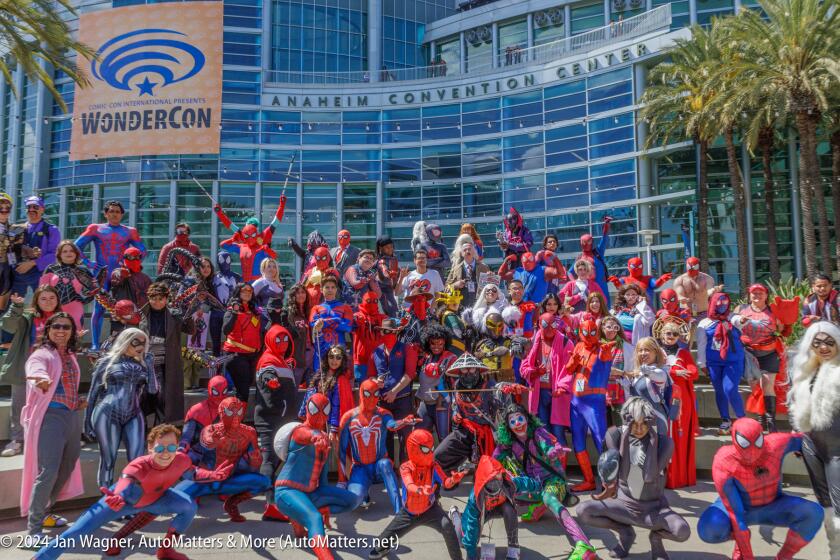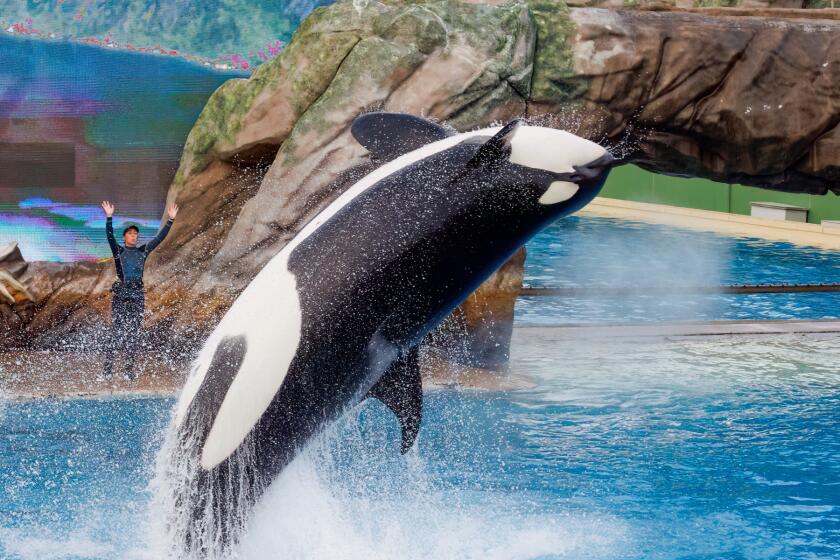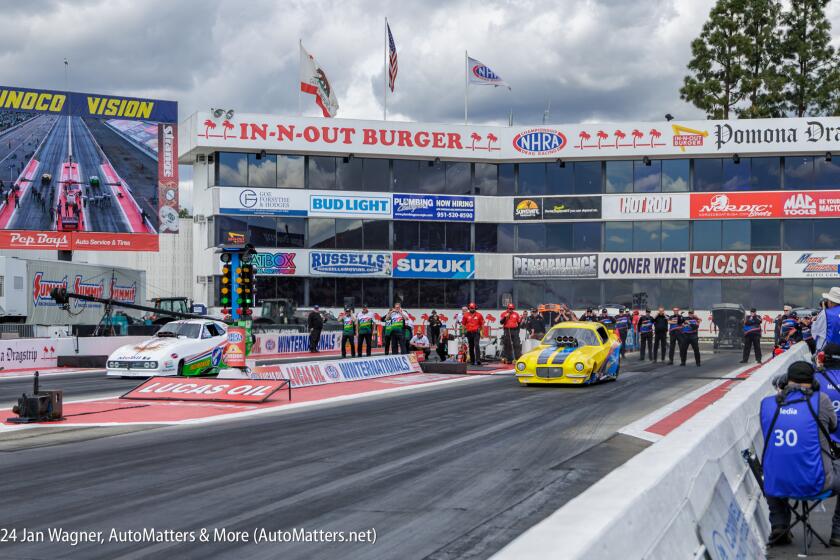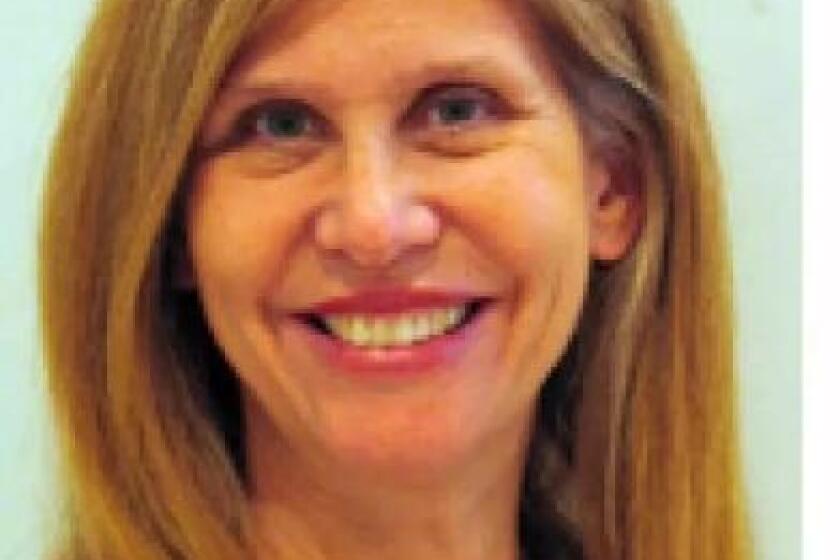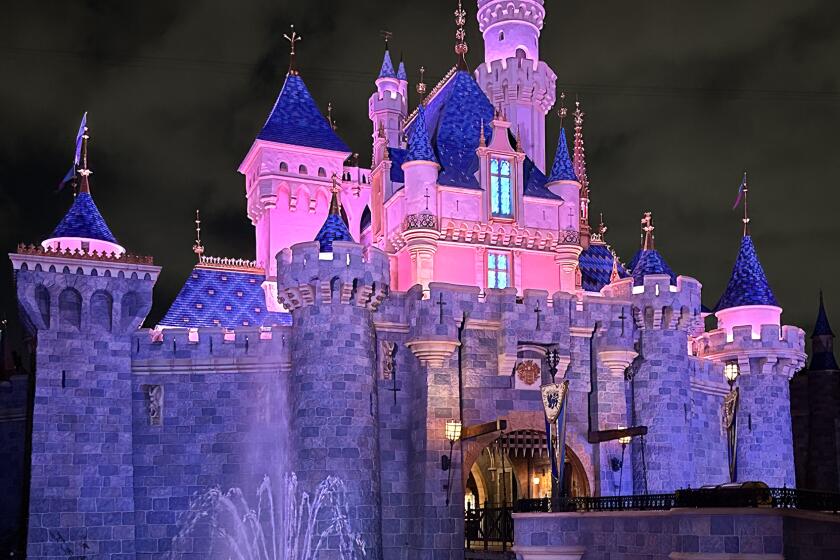AutoMatters & More: SpaceX & a Tesla Roadster Proclaim a New Space Race!
At 15 years old, I was spending part of my summer vacation with my dad at a fishing camp at Postill Lake in British Columbia, Canada (www.PostillLake.com). Our rustic log cabin had a wood burning stove and a nearby outhouse. We were about as far removed from technology as could be, with one exception.
In the main lodge there was a small, black and white TV set. That’s where I was on July 20, 1969, excited beyond words to watch the first manned landing of a spacecraft (the lunar module Eagle) on the moon. Several days earlier pilot Buzz Aldrin, mission commander Neil Armstrong and Michael Collins had blasted off from the Kennedy Space Center’s launch complex 39A aboard Apollo 11.
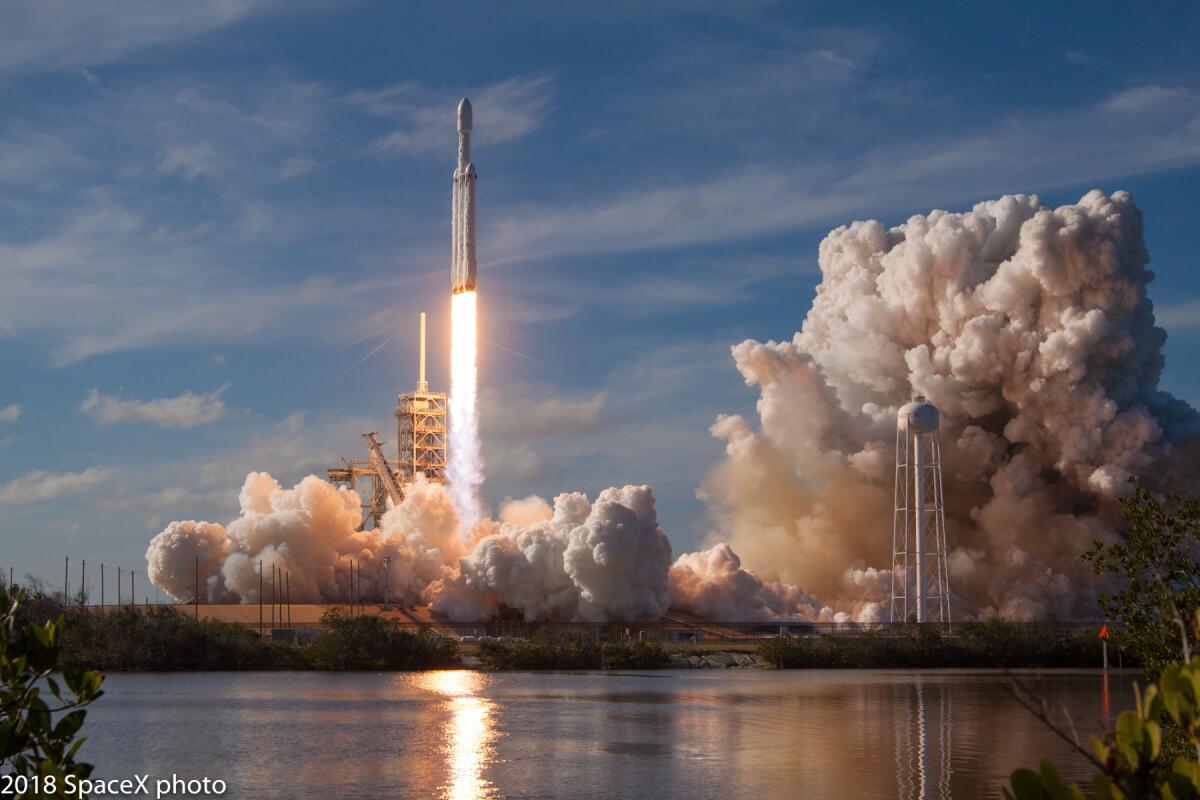
Fast forward to Feb. 6, 2018. This time my eyes were glued to my iPhone as I breathlessly watched a YouTube live streaming video, awaiting the first attempted test launch of SpaceX’s Falcon Heavy – the world’s most powerful space launch vehicle – from the Kennedy Space Center’s historic launch complex 39A (https://www.youtube.com/watch?v=bCc16uozHVE).
Michael Hammersley, materials engineer, explained that “Falcon Heavy is essentially three Falcon 9 rockets all strapped together, which means it can carry much larger payloads – not only to Earth orbit, but to the moon and Mars as well.”
Elon Musk – the brilliant, visionary founder of SpaceX – had expressed serious doubts about the likely success of the launch, as he later reiterated in a press conference: “I had this image of just a giant explosion on the pad, with a wheel bouncing down the road and the Tesla logo landing somewhere with a thud!”
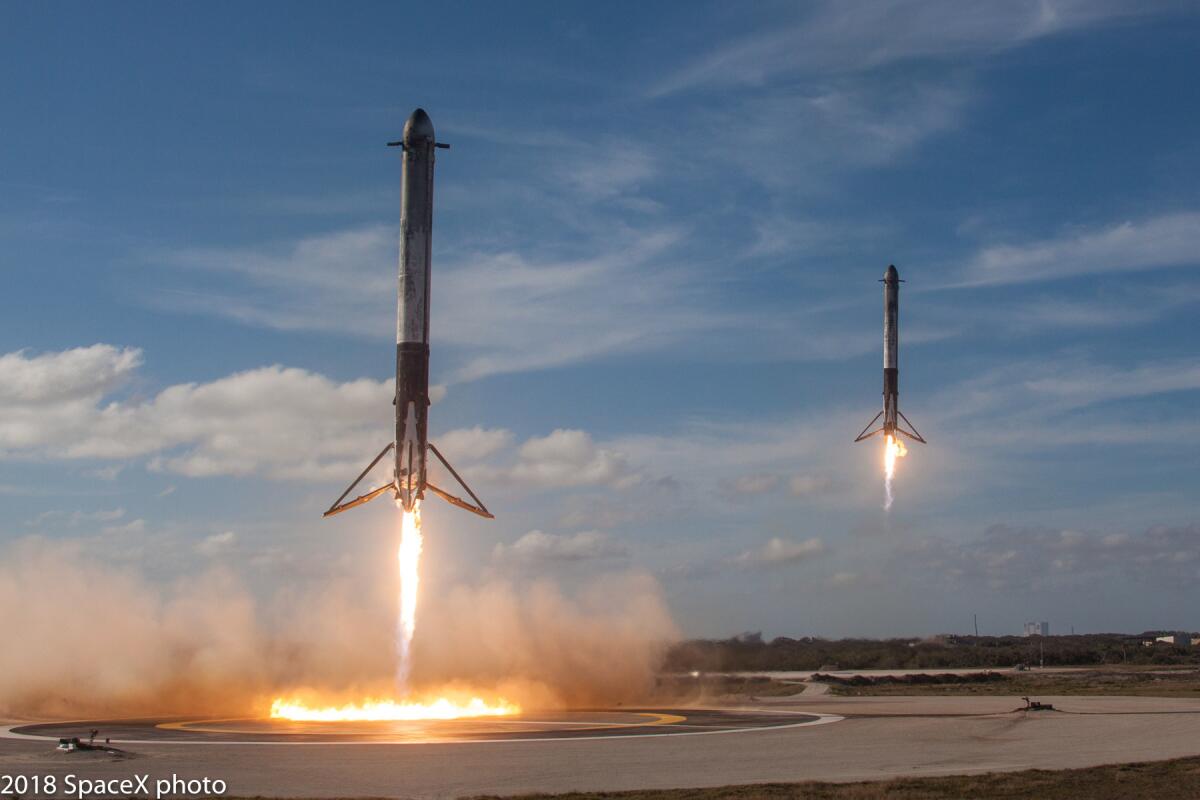
Added to our shared apprehension, unacceptably high winds delayed the launch attempt until just before the end of the day’s launch window, but at last the final countdown could begin.
As Falcon Heavy’s tanks filled with their volatile combination of rocket-grade kerosene fuel and liquid oxygen, the enthusiastic cheering intensified – nearly drowning out the countdown. Then, with a loud roar and surrounded by massive plumes of flame and a gigantic, cloud-like burst of white gases, Falcon Heavy launched forcefully skyward.
Soon, more cheering erupted, signaling the successful separation of the two side booster rockets, followed by the center booster rocket. Then the second stage engine exploded into life, further propelling Musk’s Tesla Roadster irretrievably into space. It was a surreal sight.
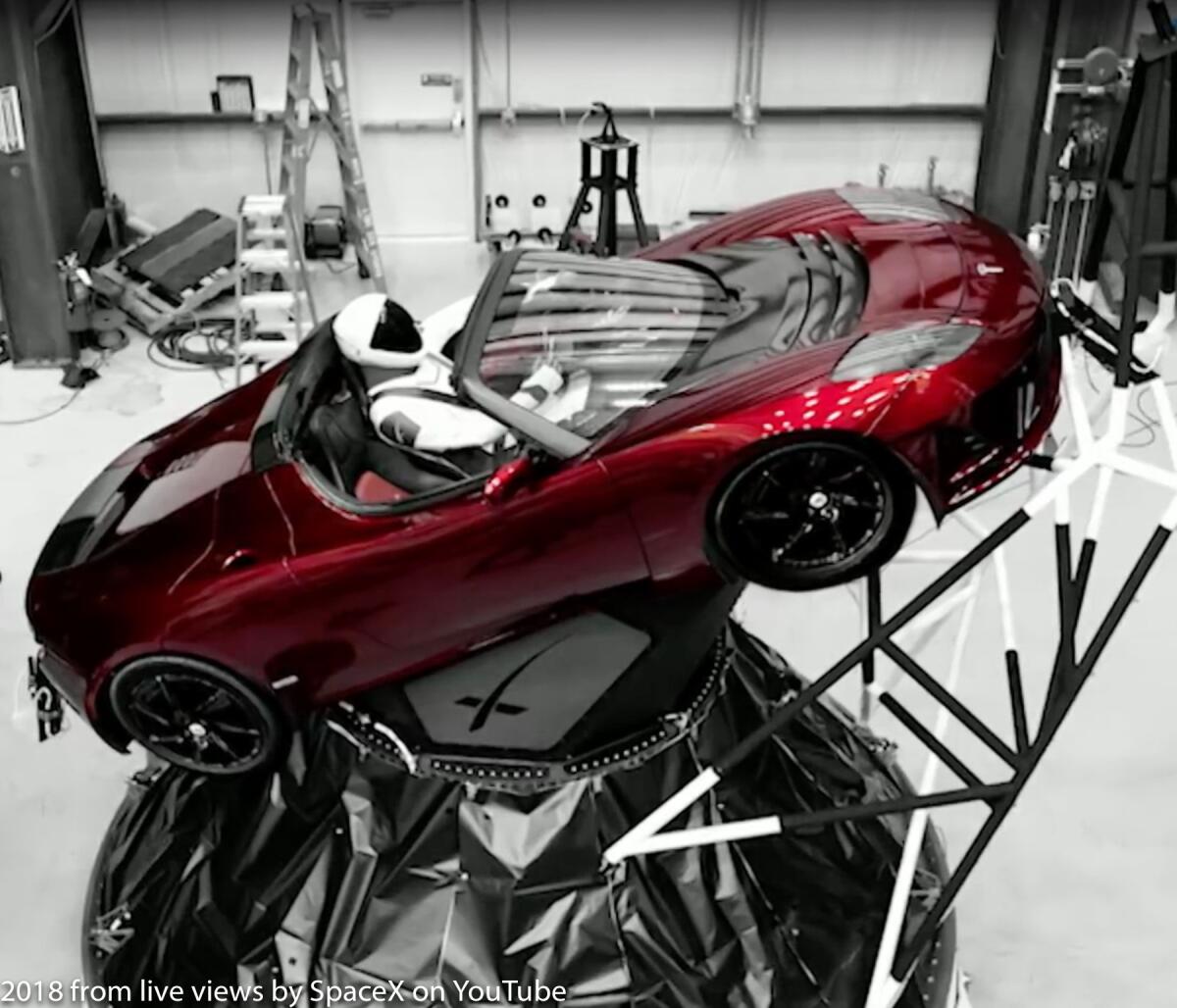
Back on Earth, both outer boosters fired their engines one last time and landed almost simultaneously. Elon Musk later told reporters: “That was epic. I think that’s probably the most exciting thing that I’ve ever seen. Literally. Ever.”
For a test payload, Falcon Heavy carried Musk’s personal, cherry red Tesla Roadster. Behind the wheel was “Starman” – a mannequin dressed in an actual Tesla spacesuit.
Talking about it speeding through space towards an asteroid belt, Musk said: “You can tell it’s real because it looks so fake. We’d have way better CGI if it was fake. ... It just has the same seats, like a normal car has. It’s just literally a normal car – in space.
“I kind of like the absurdity of that, and if you look closely on the dashboard there’s a tiny Roadster with a tiny spaceman. Hot Wheels made a Hot Wheels Roadster and a friend of mine suggested why don’t you put that Hot Wheels Roadster with a tiny spaceman on the car too? That’d be cool. Sure! So we did that. It’s kind of silly and fun, but I think that silly, fun things are important. Normally for new rockets they’d launch like a block of concrete or something like that. I mean that’s so boring. The imagery of it is something that’s going to get people excited around the world.”
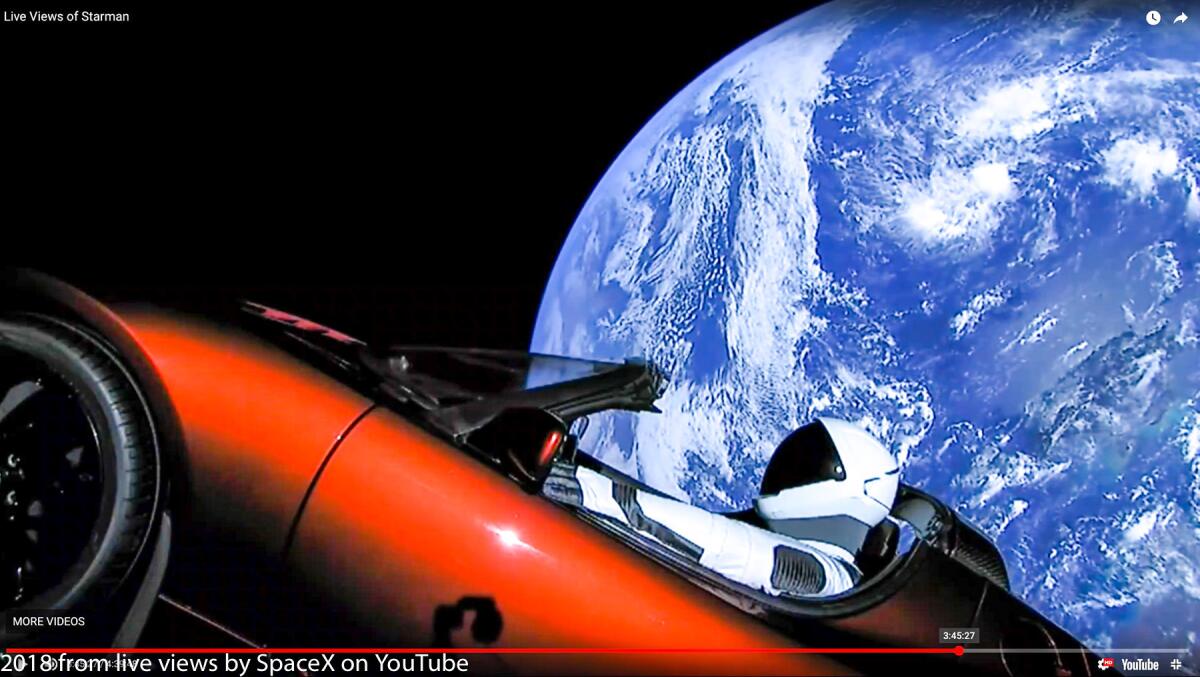
While Falcon Heavy proved the ability of SpaceX to successfully combine the thrust of a large number of engines (27!), the test launch was not completely successful. According to Musk, “The center core – obviously it didn’t land on the drone ship. It didn’t have enough propellant to relight all three engines. The center one lit, I believe, and the outer two did not, and that was not enough to slow the stage down. Apparently it hit the water at 300 miles an hour and took out two of the engines on the drone ship.”
The space race is on again – with a sportscar!
Send your comments and suggestions to AutoMatters@gmail.com. To see many more photos go to www.drivetribe.com, search for “AutoMatters & More” and click on TRIBES.
Copyright © 2018 by Jan Wagner – AutoMatters & More #527
Get the Del Mar Times in your inbox
Top stories from Carmel Valley, Del Mar and Solana Beach every Friday for free.
You may occasionally receive promotional content from the Del Mar Times.

